Flash - No Flash Photography
Abe Wong (arwong.spamalope@andrew.cmu.edu)
Photographs in dark environments are enhanced by combining no-flash photos with
flash photos, similar to Eisemann & Durand 2004, and Petschnigg et al. 2004. A
bilateral filter (Tomasi & Manduchi 1998) is used to decouple global lighting
and sharp detail.
The compositing function used here takes a fraction of the image diagonal to
use as the sigma for the large-scale layer, and a fraction of the flash color
component to replace the no-flash color. The intensity influence gaussian sigma
is 0.4 across the board, as in Eisemenn & Durand.
Results
The results presented here were taken with 'lights off' and 'lights on' to try
to reduce shadowing and specular glow effects from a flash.
Courvoisier
No-flash
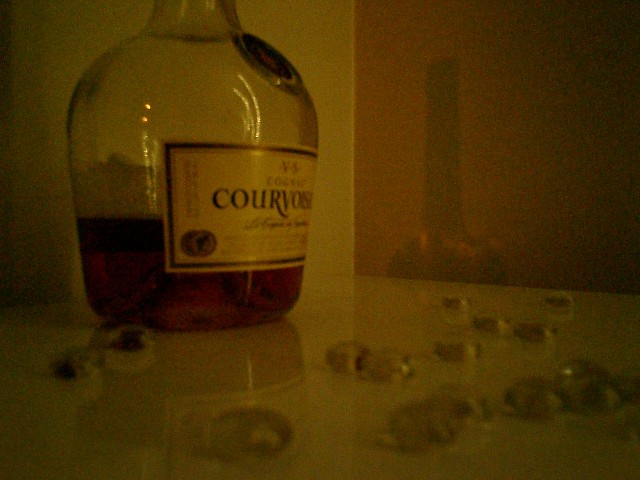
Flash
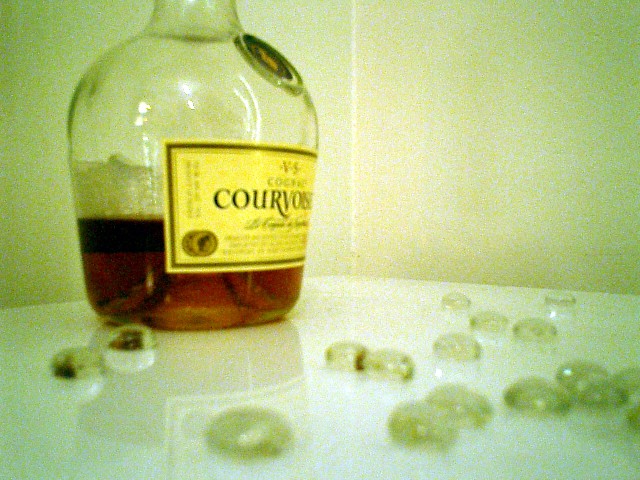
Composite, blur_frac=0.015, flash_color_frac=1.0.
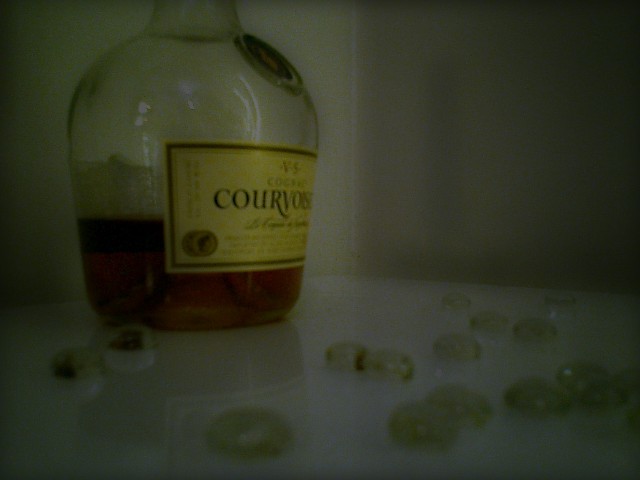
Composite, blur_frac=0.005, flash_color_frac=1.0. Smaller large-scale makes
shadows and other lighting effects in no-flash image clearer.
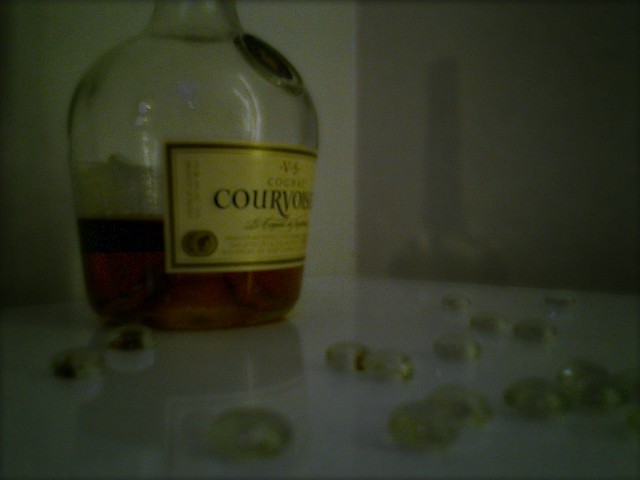
Martini & M9
No-flash
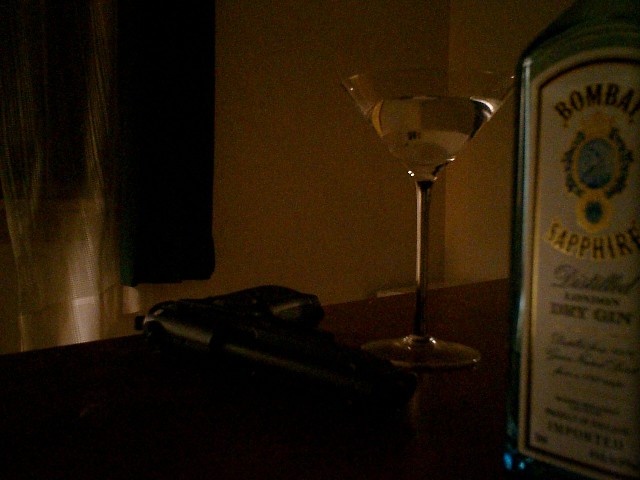
Flash
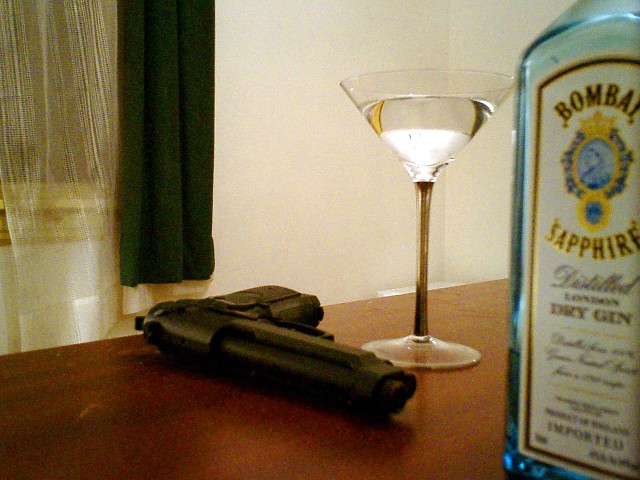
Composite, blur_frac=0.005, flash_color_frac=0.75.

Composite, blur_frac=0.005, flash_color_frac=0.0.

Composite, blur_frac=0.015, flash_color_frac=1.0.
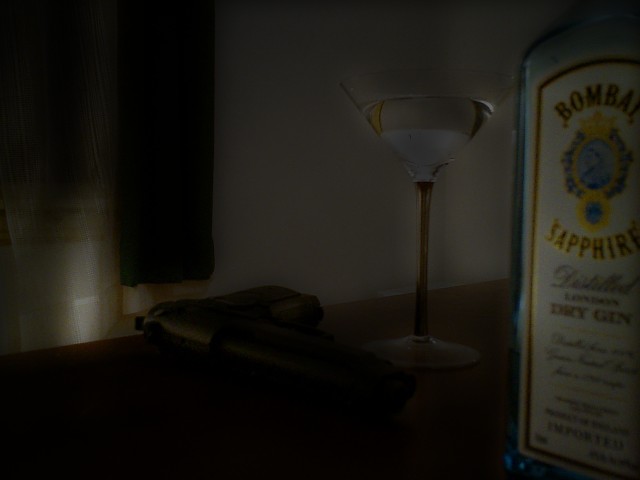
Mantle
No-flash
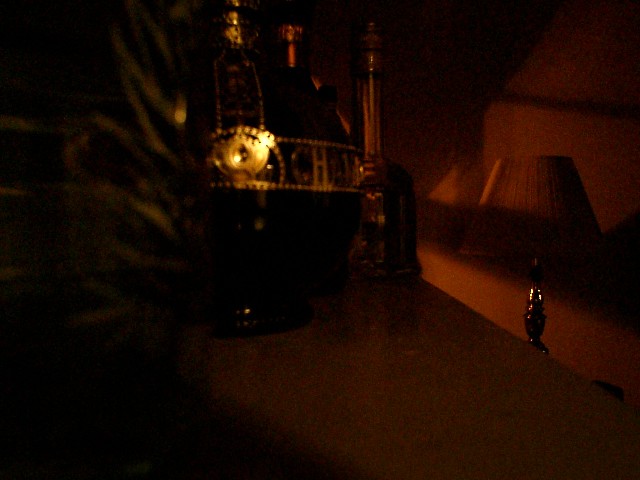
Flash
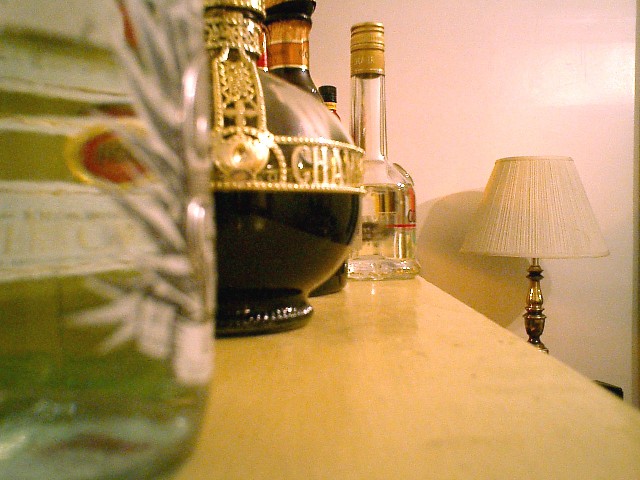
Composite, blur_frac=0.015, flash_color_frac=1.0. Shadow discoloration most is
visible here.
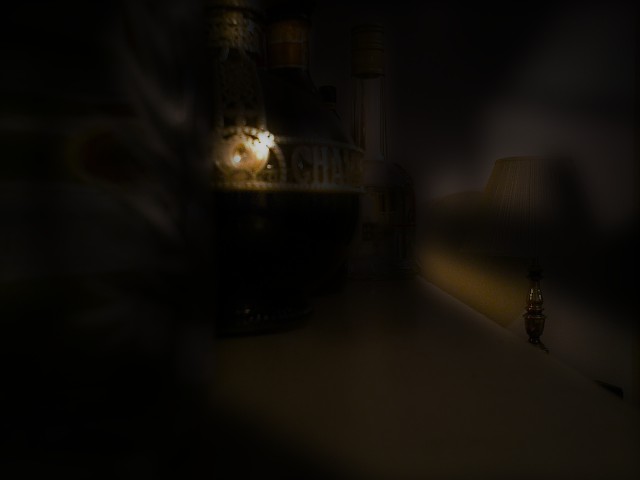
Composite, blur_frac=0.005, flash_color_frac=0.75. Unnatural glow effect still
visible.
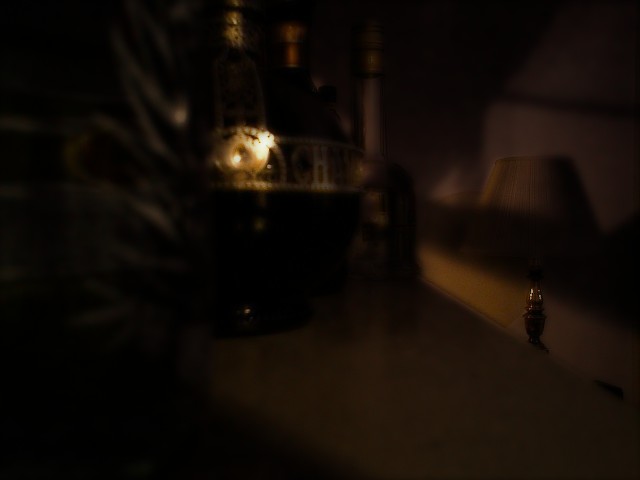
Composite, blur_frac=0.0025, flash_color_frac=0.75. Preserves some noise, but
also specular effects on glass and lighting through the window.














